The Ford F-150 Lightning is becoming a prime example of the electric pickup truck conundrum: high interest but low conversion due to cost. According to Brent Gruber, head of electric vehicles at JD Power, the Lightning is often among the most considered in the EV market, but sales have fallen short of expectations. As Ford continues to adjust production targets and halt assembly to prioritize gasoline vehicles due to aluminum shortages from supplier Novelis, the core story turns to the price and cost structure of the first-generation electric truck.
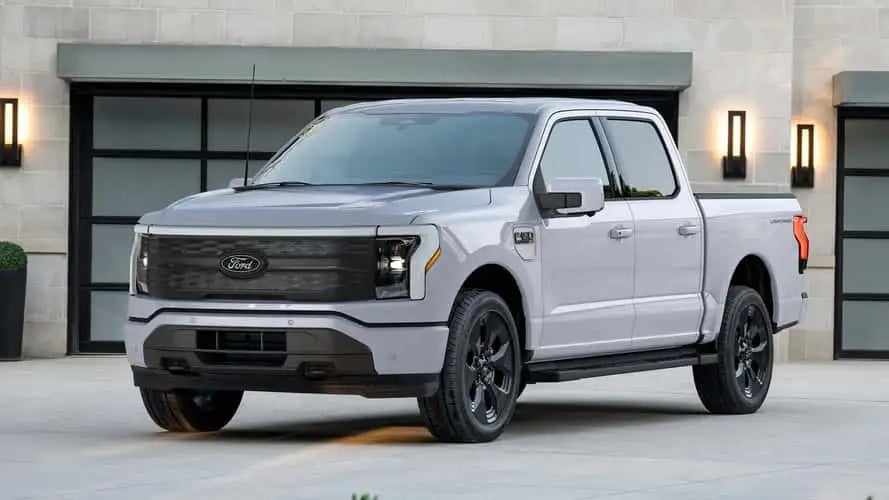
JD Power data: high attention, low conversions
According to JD Power data cited by insideevs, the F-150 Lightning is often second or third on EV lists, behind only the Toyota bZ4X and Honda Prologue. The problem isn’t product recognition or appeal, but the ability to convert interest into actual sales.
Ford had set a bold target for the Lightning: from 40,000 vehicles/year, to 80,000, then 150,000. However, last year the company sold only 33,510 units despite many incentives. The Lightning is still the best-selling electric truck in the US, but the overall size of this segment is very small compared to gasoline vehicles.
Cost: the biggest hurdle
Lightning and Tesla Cybertruck were advertised with starting prices of $40,000. In reality, “just enough” configurations are often around $60,000, and if you choose high range and a full equipment package, the total cost can reach $80,000. This price gap makes many people stop and consider.
Brent Gruber says 70% of customers considering the Lightning have household incomes under $100,000 a year – a group that is particularly price-sensitive. While the energy costs of an EV may be lower, the initial investment difference between the Lightning and a gas-powered F-150 is too large to “recover” over time. At the same time, displaying electric and gas vehicles side by side at dealerships inadvertently pushes buyers toward the cheaper, more familiar gas version, which generates better profits for the distribution system.
Big batteries, big costs: the reality of first-generation electric pickups
To meet expectations for range and durability, electric pickups must use large-capacity batteries – and that means high costs. This is the bottleneck that has prevented the first generation of electric pickups from achieving mass-market prices. As a result, manufacturers have had to maintain technological appeal while struggling with profit margins.
The interim solution is a hybrid powertrain: it reduces range anxiety and doesn’t require users to change their charging habits. However, hybrids don’t offer all the benefits of EVs, such as instantaneous power or optimal powertrain maintenance costs. Another approach is an extended-range electric (EREV) configuration, where the gasoline engine only acts as a generator. However, the price of EREV pickups and the willingness of users to switch are still unknown.
Production and supply: strategies must be flexible
Ford has slashed its F-150 Lightning production target and recently halted assembly to prioritize higher-margin gasoline vehicles, following a Novelis aluminum shortage. This reflects the dual pressures of market demand and supply chain risks forcing the company to adjust its production pace to optimize its finances.
Market size: EVs are still too small compared to gasoline cars
Lightning sales show a huge difference in scale. Last year, Ford sold 765,000 gasoline-powered F-Series vehicles; Chevy and GMC sold nearly 900,000 Silverados and Sierras; Ram sold more than 300,000. Meanwhile, Lightning sales reached 33,510 units—the most among electric pickups, but still a drop in the bucket compared to the overall U.S. pickup market.
| Indicators | Quantity |
|---|---|
| Lightning Production Target (initial) | 40,000 vehicles/year |
| Raise the target | 80,000 vehicles/year |
| Maximum lift target | 150,000 vehicles/year |
| F-150 Lightning sales (last year) | 33,510 vehicles |
| Gasoline F-series sales (past year) | 765,000 vehicles |
| Chevy Silverado + GMC Sierra (gasoline) | nearly 900,000 vehicles |
| Ram (gasoline) | more than 300,000 vehicles |
Long-term direction: mass prices and sustainable profits
The sustainable solution for electric pickups is to achieve a price that both consumers and businesses can accept, while still making a profit. Ford is pursuing this direction with its “skunkworks” low-cost electric truck project and a new mass-market EV platform, expected to launch in 2027 with a starting price of around $30,000.
Beyond the product, the policy environment also plays a role. Federal tax credits for EVs are set to expire, while emissions regulations are loosening—factors that could alter the short-term supply-demand equation. To stay competitive, Ford may have to consider cutting the price of the Lightning the way Tesla has done with the Model 3 and Model Y, according to Brent Gruber.
Conclude
The F-150 Lightning illustrates the core challenge of electric pickups: large batteries drive up costs, making the price gap with gasoline vehicles difficult to bridge despite the clear operational benefits of EVs. Until market demand catches up, the sensible strategy is to optimize costs, flex production, and move toward an affordable EV platform. The problem will only become clearer when the product reaches an acceptable price point, or when policy conditions and battery costs change in a positive direction.
Source: https://baonghean.vn/ford-f-150-lightning-chu-y-cao-doanh-so-thap-vi-gia-10311409.html


![[Photo] Unique art of painting Tuong masks](https://vphoto.vietnam.vn/thumb/1200x675/vietnam/resource/IMAGE/2025/11/14/1763094089301_ndo_br_1-jpg.webp)


![[Photo] Unique architecture of the deepest metro station in France](https://vphoto.vietnam.vn/thumb/1200x675/vietnam/resource/IMAGE/2025/11/14/1763107592365_ga-sau-nhat-nuoc-phap-duy-1-6403-jpg.webp)



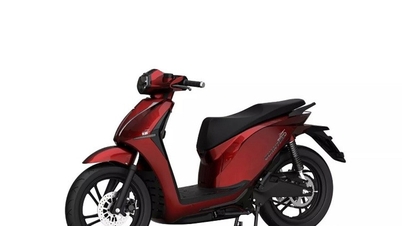
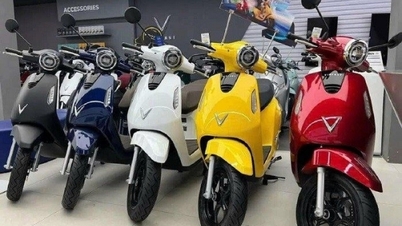

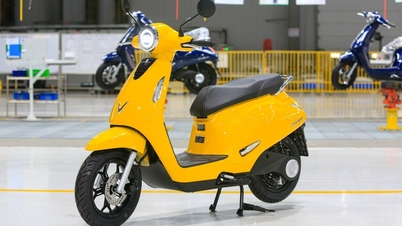
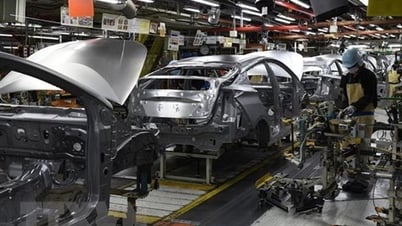

















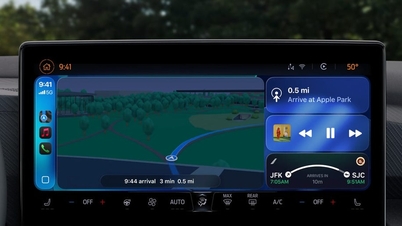





![[Photo] Special class in Tra Linh](https://vphoto.vietnam.vn/thumb/1200x675/vietnam/resource/IMAGE/2025/11/14/1763078485441_ndo_br_lop-hoc-7-jpg.webp)








































































Comment (0)